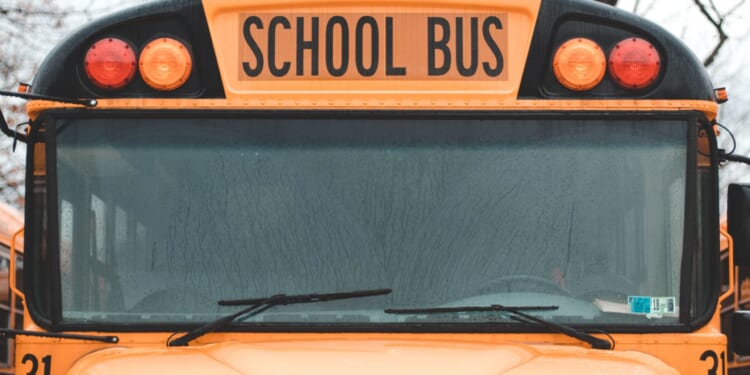The era of the ubiquitous yellow school bus is running out of gas.
Although Minnesota schools have full budgets for bus drivers, and sometimes even extra cash for bus upgrades — Minneapolis received $10 million for electric school buses last year — school bus driver shortages continue.
School bus providers report that this year’s shortages are improving compared to past years, but are still high. In 2021, industry professionals reported that about 30 percent of bus driver positions were vacant.
Prodded by drastic pandemic-era shortages, districts around the state have tried their utmost to lure bus drivers into the fold. Last year, Minneapolis began offering a $3,000 bonus for new bus drivers. Districts across the state have increased their starting bus pay. For example, Rochester now pays $26 an hour. That’s a deal that Michael Pierce, Rochester manager of the First Student bus company, says is helping to increase applications, as “[S]even hours of pay at $26 an hour, that’s essentially full-time pay for part-time hours.”
Schools have struggled to gain new bus drivers due to an aging workforce, historically low pay, and destructive student behavior.
New technology might cause some of that to change. New businesses, like the tech company Transportant, now put cameras, high tech GPS systems, and real-time bus tracking updates in school buses. If there’s a discipline problem, drivers can push a button on the dashboard to alert a dispatcher or principal. The subsequent video recording can be sent to parents and used in discipline meetings.
Of course, purchasing peace of mind for bus drivers comes at a cost. Transportant, for instance, generally costs about $3,600 per bus up front and an annual subscription cost of about $69 per bus. Yet, districts in 19 states have taken the plunge.
Minnesota school districts have done their best to cope with the dearth of bus drivers. Districts like Minneapolis and St. Paul have planned to switch some students from yellow buses to passenger vans, which have lower driver regulations. (While this solves a transportation crisis, non-yellow buses can create a safety problem for students, as drivers will not always stop for a passenger van.) Minneapolis has implemented staggered start times for schools, and other districts are considering doing the same. High schools have expanded walk zones for students.
To encourage parents to drive their own children to school, Minneapolis began offering travel reimbursements of 56 cents per mile in 2021. Additionally, all low-income students in the state participating in Post-Secondary Enrollment Options (PSEO), open enrollment, or charter school enrollment programs are eligible for travel reimbursement up to 15 cents per mile.
School bus drivers, however, are more than just a person behind the steering wheel. They’re the first and last face of a school employee that students see during the academic day. Drivers often choose a school bus over other transportation jobs because they want to play a role in a community that supports children. If they aren’t choosing school bus driver positions despite raised pay, it’s potentially a tell that the school community isn’t supporting them in return.
Let’s hope that policymakers can honor them by creating job conditions that will entice them back behind the wheel.










